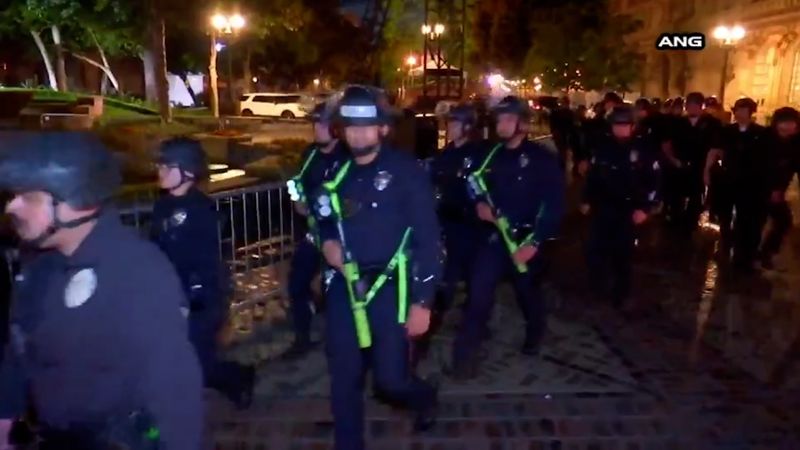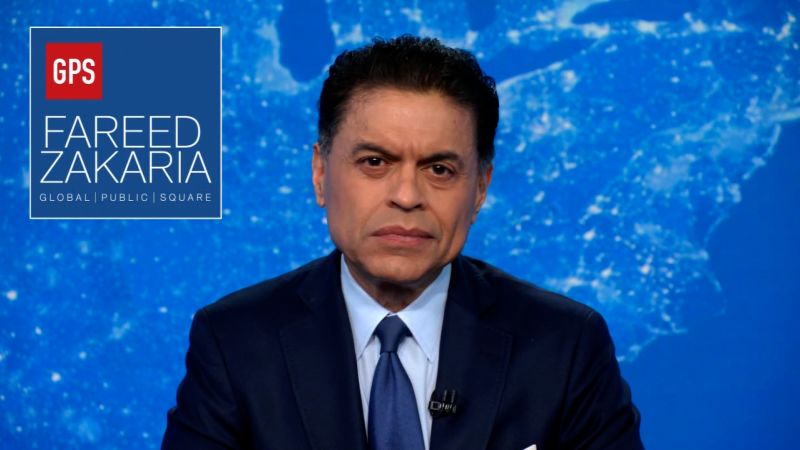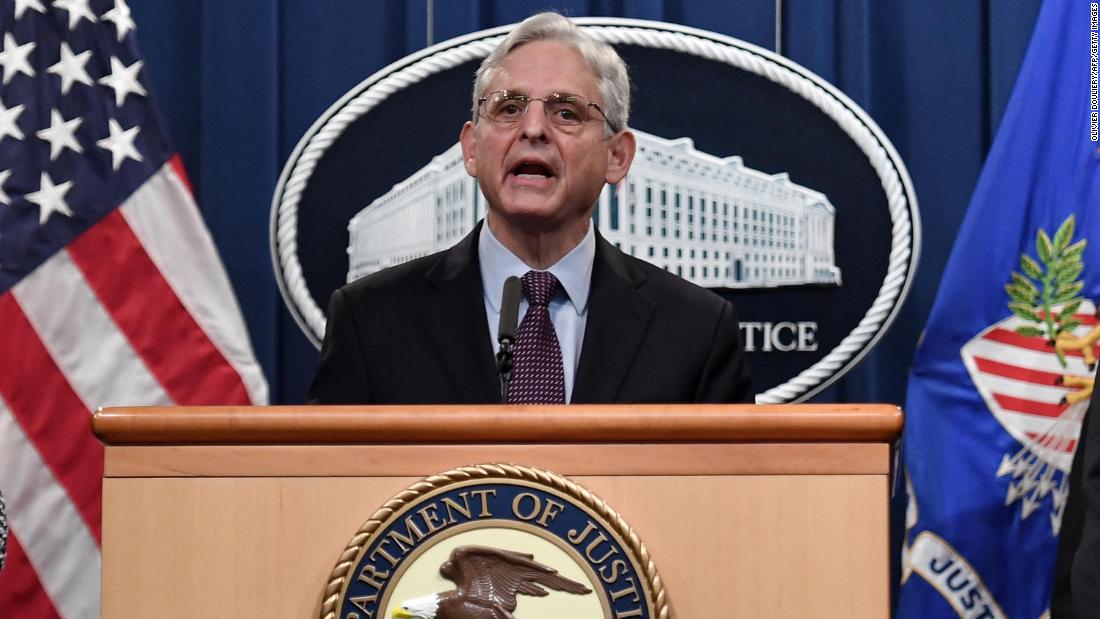
The US Capitol Police board is detailing a list of changes — from trainings to new recruitment efforts, hoping to convince members of Congress the department has significantly improved since the Jan. 6 attack exposed problems, while acknowledging the agency is significantly understaffed.
In a 10-page report obtained by CNN, Senate Sergeant at Arms Karen Gibson, House Sergeant at Arms William Walker, Architect of the Capitol J. Brett Blanton, and Capitol Police Chief Tom Manger wrote that the department has either implemented or started working on 90 of 103 recommendations made by the Capitol Police Inspector General, Michael Bolton.
“In less than a year, the USCP has developed, and in many instances implemented, significant strategies, tactical and operational improvements to every USCP bureau,” the report says, adding that the improvements “number in the hundreds.”
Manger is testifying this morning before the Senate Committee on Rules and Administration about oversight after the Capitol attack. Changes at the department are laid out in his statement to the committee and in the report, first reported by Politico.
As the department seeks to course correct operationally, a flood of departures has complicated the effort. Fewer officers among the ranks can make finding the time to train officers a challenge and extend overtime hours.
The report says the department has lost 136 officers since Jan. 6, up from an average of up to 90 per year. Many officers who joined Capitol Police following the Sept. 11 attack are reaching 20 years of service and are retiring, the report says. Others left voluntarily.
“This is in addition to the 175 officers who are on some form of approved leave,” the report says. “This fact, along with the temporary closure of the Federal Law Enforcement Training Centers (FLETC) as a result of the global pandemic, have contributed to the USCP’s shortfall of 447 officers, causing a rise in mandatory overtime requirements and adding stress to a work force already stretched thin.”
To combat the personnel shortage, the department is hiring contract security officers, increasing recruit classes, issuing retention bonuses and hazard pay, and looking to hire from other federal law enforcement agencies or rehire people who have left the department.
Capitol Police hope to bring on 280 officers per year to jump ahead of attrition, the report says.
The department also has addressed a problem exposed by the Jan. 6 riot — a lack of coordination with other agencies. In the report, the Capitol Police Board says Capitol Police has conducted joint exercises with other agencies such as the DC National Guard.
CNN previously reported that Capitol Police changed intelligence gathering and sharing within the department and beyond and added a former Secret Service agent to reform operational plans for large events.
In hearings examining the department’s failures, lawmakers wondered why the agency staffed Jan. 6 with only slightly more officers than on a normal day, and far fewer than for other high-profile events, such as the State of the Union address by the President.
In an effort to act more autonomously, the report says the department is working to develop its own “SEAR,” or special event assessment rating. SEARs are typically issued by the Department of Homeland Security and can elevate the seriousness of an event to help coordinate planning. However, a Government Accountability Office report in August pointed out a SEAR was never issued for Jan. 6 because agencies were unclear how to request the designation — a lapse that may have limited resources.
Working with other agencies has become a central focus for Police Chief Tom Manger, a former local chief who knows the Capitol region’s law enforcement leaders well.
In September, the agency displayed its force and partnerships at an event intended to bring awareness to alleged mistreatment of Jan. 6 rioters — a right-wing effort to recast the rioters as political martyrs. The event amounted to a scrimmage when only a handful of protestors showed up in the shadow of hundreds of police from more than a dozen agencies.
The report also outlines specific training for a crucial unit within Capitol Police: the Civil Disturbance Unit. The CDU platoons combat rioters on the front line. The department says they have given basic CDU training to 110 officers and trained more than 100 others in non-lethal weapons.
Capitol Police intelligence has seen a marked shift as well, the report says. CNN previously reported it was upended just two months before the riot, causing confusion and frustration in the unit that would help determine the department’s plan for Jan. 6.
The report says the department is still looking for a permanent director of the unit. The former director, Jack Donohue, joined in Fall 2020 and left the department in the months following the riot.
Changes include daily intelligence briefings for department leaders — a gap that former Capitol Police Chief Steven Sund complained of when he testified following the riot. Sund claimed he never knew about critical intelligence that might have changed his plan.
The report says the department also now holds quarterly in-person briefings at roll calls and bi-weekly classified intelligence briefings and begun a revision of standard operation procedures that is not yet finished. This change seeks to address a major complaint by rank-and-file that they were blindsided by the flood of people ready to attack.
The report says the department has purchased police simulator training, new riot gear and oxygen supply kids. Further, the department plans to buy new shields, non-lethal munitions and long-range acoustical devices, which can be highly effective crowd control measures.
While the department tightens its operations, it is also honoring the officers who died following the riot.
“The USCP will soon inaugurate the Howard C. Liebengood Center for Wellness so employees have a central location for all their wellness needs,” the report says. Officer Liebengood took his own life just days after the riot.
“The physical injuries suffered that day may heal, but the emotional and psychological trauma inflicted will not soon disappear,” the report says.







More News
On Queens Soccer Fields, Immigrants Find Each Other and a Sense of Home
Laurent Cantet, Whose Films Explored France’s Undersides, Dies at 63
Cease-Fire Talks Between Israel and Hamas Again at an Impasse